Ptarmigan
 Let me pause for minute, can some please explain to me how the P in ptarmigan even comes in to play. It makes the word Ptarmigan look funny like it's spelled wrong. there's no p sound in this word when you pronounce it. Just seems odd to me. I have spent a lot of time watching the ptarmigans when I could locate them and getting good photographs of them made it all worth while. The more I read about the ptarmigan the more intrigued I seem to be. Here in Alaska the ptarmigan is also a game bird for some; hunted in the fall and well into winter. While I don't have any interest in hunting as you would think of it, I stictly hunt with my camera. I love the end results when I can reflect back on the good memories I have captured. The ptarmigan is the smallest of the grouse family that lives at the sub-alpine level in the mountians. Over the winter months the ptarmigan is pure white with a black beak. In my reading about this bird in my rocking chair, yes by the fireplace, this is the most thermally efficient of all birds. Late spring arrives and the male ptarmigan takes on a whole new apperance. The female ptarmigan on the other hand goes from a pure white in the winter to a disruptive camflauge in the summer.
Let me pause for minute, can some please explain to me how the P in ptarmigan even comes in to play. It makes the word Ptarmigan look funny like it's spelled wrong. there's no p sound in this word when you pronounce it. Just seems odd to me. I have spent a lot of time watching the ptarmigans when I could locate them and getting good photographs of them made it all worth while. The more I read about the ptarmigan the more intrigued I seem to be. Here in Alaska the ptarmigan is also a game bird for some; hunted in the fall and well into winter. While I don't have any interest in hunting as you would think of it, I stictly hunt with my camera. I love the end results when I can reflect back on the good memories I have captured. The ptarmigan is the smallest of the grouse family that lives at the sub-alpine level in the mountians. Over the winter months the ptarmigan is pure white with a black beak. In my reading about this bird in my rocking chair, yes by the fireplace, this is the most thermally efficient of all birds. Late spring arrives and the male ptarmigan takes on a whole new apperance. The female ptarmigan on the other hand goes from a pure white in the winter to a disruptive camflauge in the summer.
 It displays a jumbled pattern of colors and tones that breaks up its outline to make it simply disappear into its surroundings. And this same pattern is displayed on the ptarmigan chicks as well. I was fortunate enough to be in the right spot at the right time to catch both the male and female as well as five ptarmigan chicks and record the summer camflauge.
It displays a jumbled pattern of colors and tones that breaks up its outline to make it simply disappear into its surroundings. And this same pattern is displayed on the ptarmigan chicks as well. I was fortunate enough to be in the right spot at the right time to catch both the male and female as well as five ptarmigan chicks and record the summer camflauge.
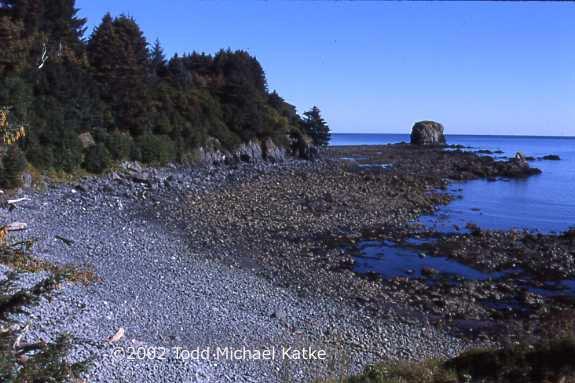

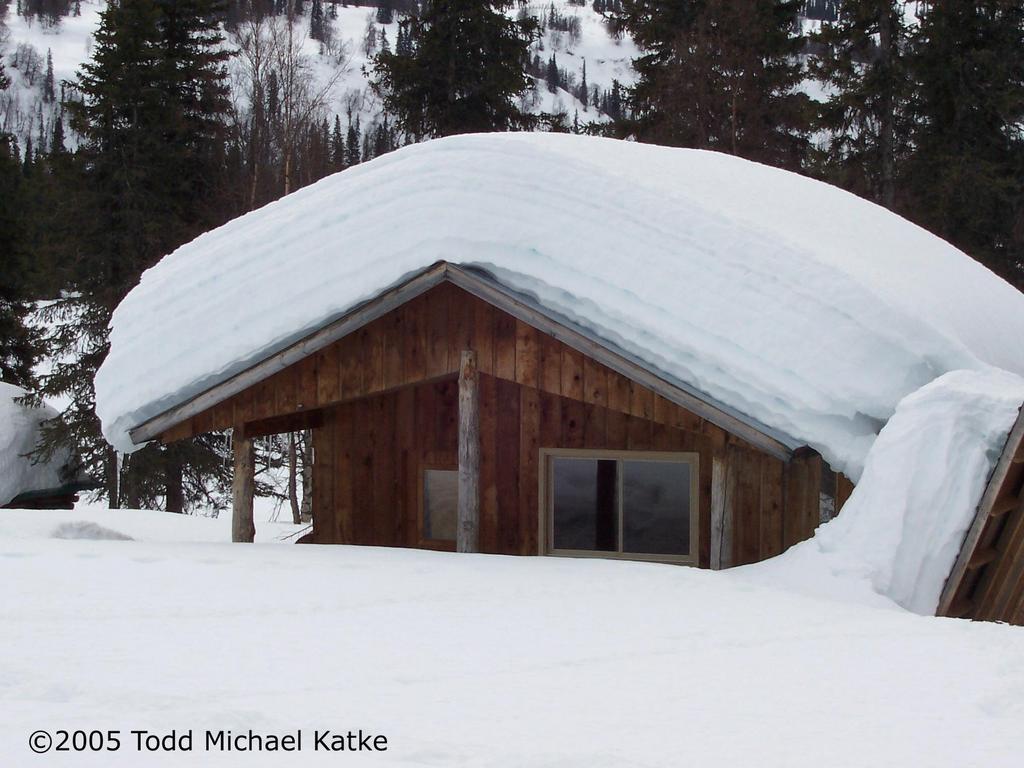

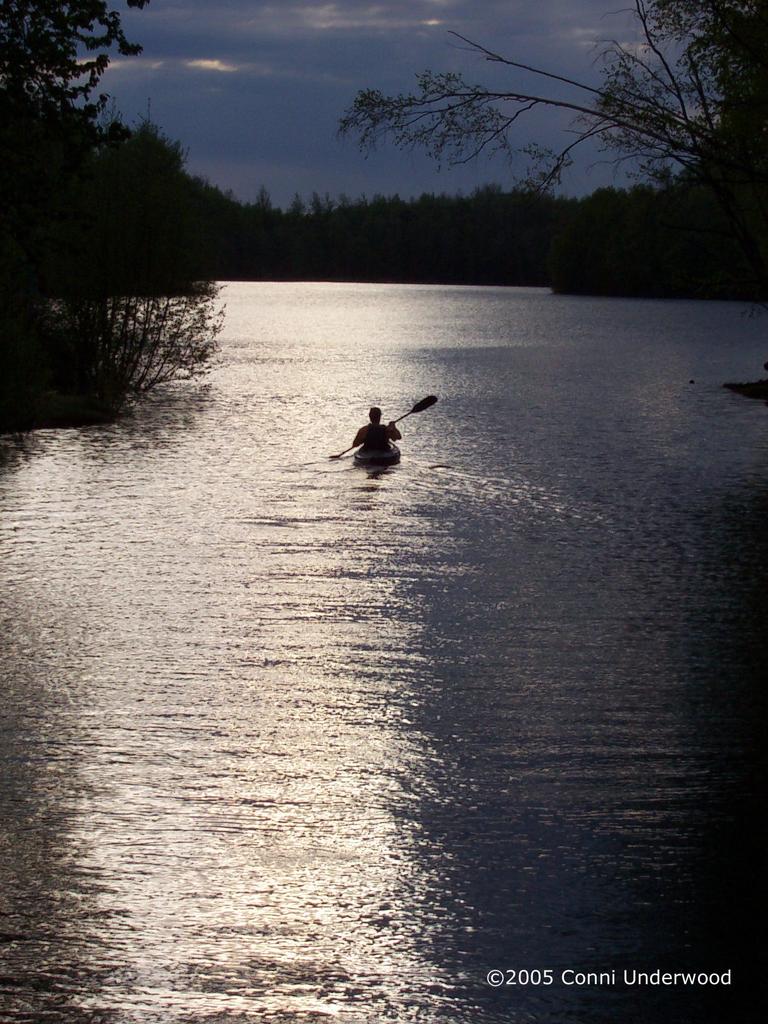
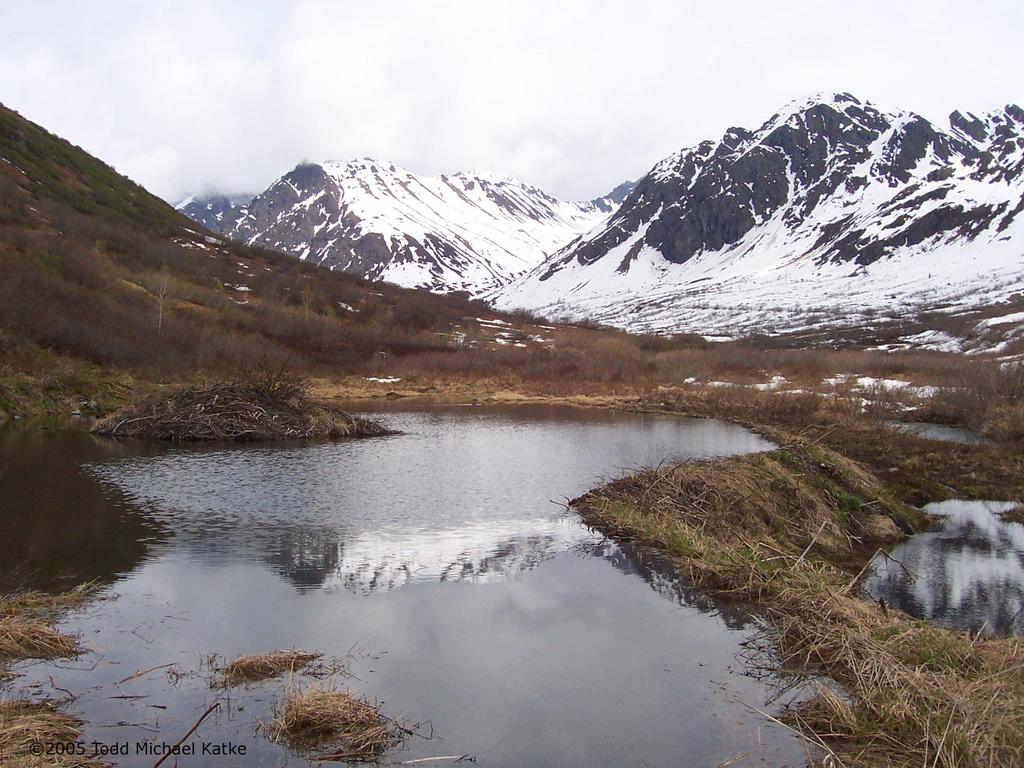

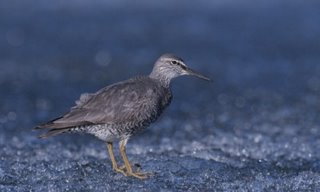

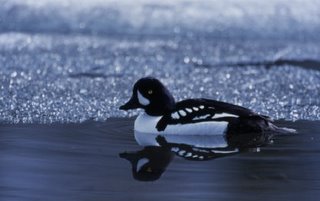

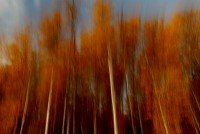

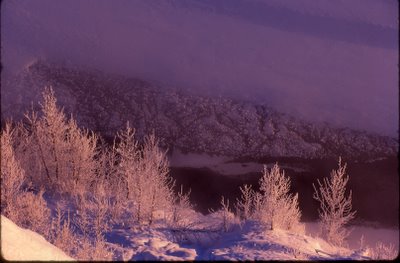









0 Comments:
Post a Comment
<< Home